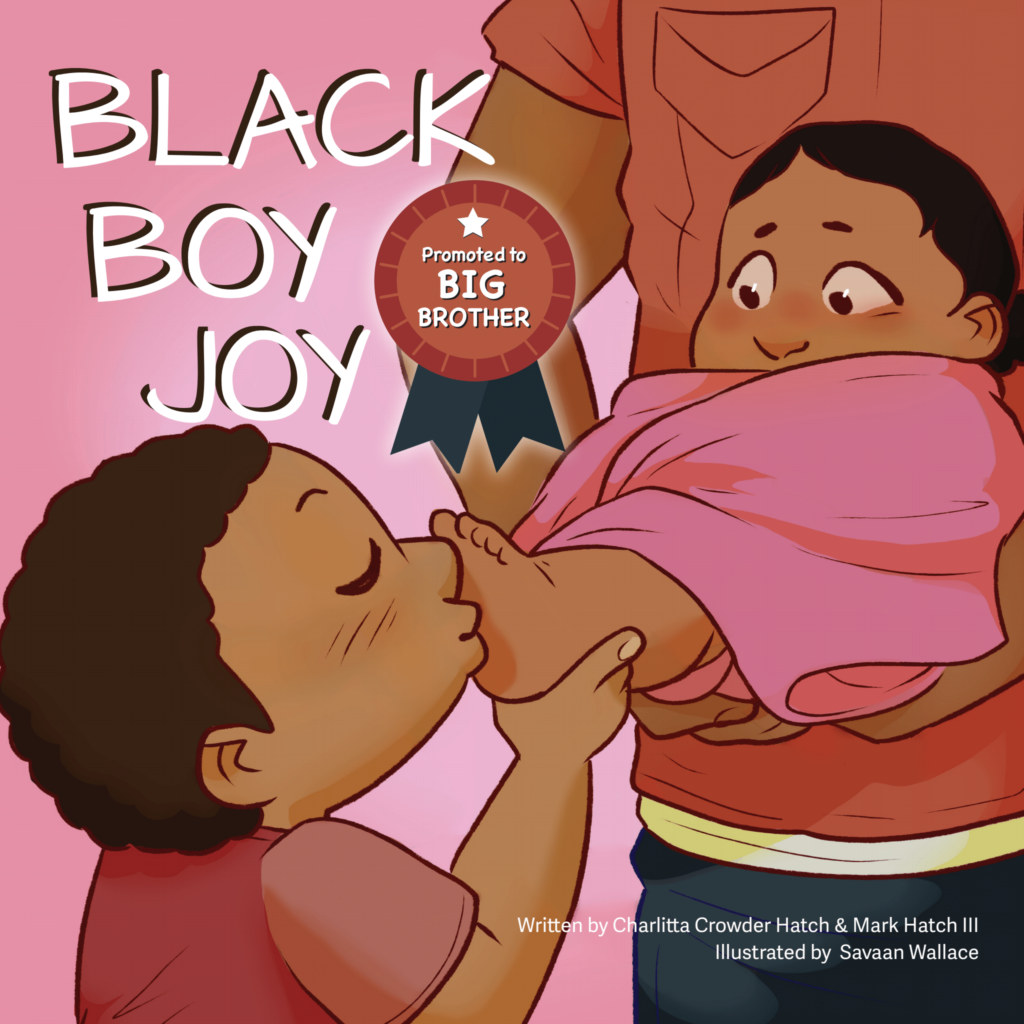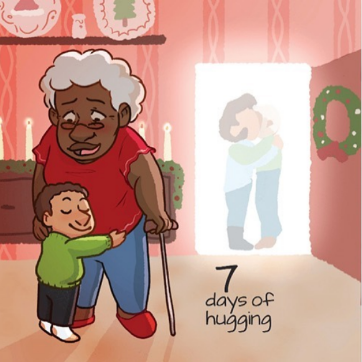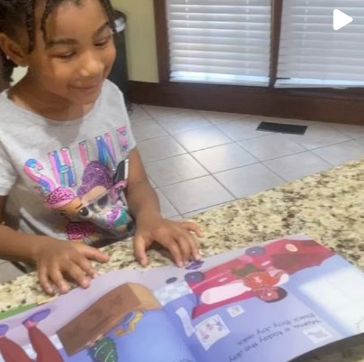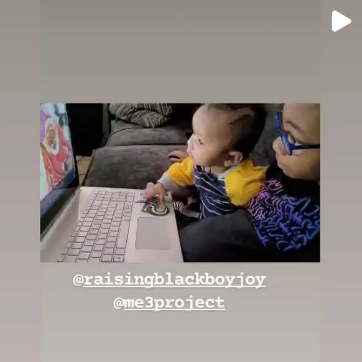Our Adoption Story

We Never Set Out To Adopt.
Sure, I’d read Anne of Green Gables, and had thought of adoption in passing, but if I’m being honest, I never pictured myself as someone who compiled all sorts of paperwork and traveled to the other side of the world to find my kid. And yet, that’s exactly what my husband and I did! When we got married, I was thirty. My hubby’s a bit older than I am, so we knew that as we sought to start our family, time wasn’t in our favor. I’d seen close friends go through infertility treatments and simply wasn’t interested in exploring that route. So I brought up adoption, and we both felt that it was something we couldn’t see ourselves ruling out. Our same attitude pervaded as we continued to learn more; starting with I bought a book at Barnes and Noble about international adoption.
The strange thing about international adoption is that each country has a unique set of rules governing non-citizens from adopting there. For example, in 2009 when we started this process: in Chile, both adoptive parents had to be Catholic; in Korea, you had to be married for ten years in a second marriage; in China, the waiting list was well over five years – just to name a few. This was only further complicated by the US response to each country’s situation (we knew a family who’d adopted a little boy from Guatemala, but corruption in that country meant that the United States had subsequently forbidden US citizens from adopting there at the time). In short, the world of international adoption was a maze, and thus started my quest of learning to navigate it.
 After sorting through all the requirements, I was able to narrow our options down to three or four countries, and all happened to be in the former Soviet Union. Russia appeared to be the easiest to understand and work into our schedules. Although we wouldn’t have to move to that country for six to eight weeks, we did have to go visit on three separate occasions to interview agencies, collect references and start down a path that would complete our family. The paperwork was immense; as soon as we were done with one round of it, another awaited us! Doctor’s letters, attesting to our health; official reports from the police department and background checks with the FBI, verifying our status as law-abiding citizens; interviews with a psychiatrist, documenting our mental well-being; statements from our bank, trailing proof of our financial stability; a home study, to verify we had the space, capacity and willingness to take in a waiting child – the list goes on. At first, it felt intrusive…but on the other hand, we recognized that putting a child in someone else’s care is not something to take lightly, and so one after the other, we kept on knocking out the requirements.
After sorting through all the requirements, I was able to narrow our options down to three or four countries, and all happened to be in the former Soviet Union. Russia appeared to be the easiest to understand and work into our schedules. Although we wouldn’t have to move to that country for six to eight weeks, we did have to go visit on three separate occasions to interview agencies, collect references and start down a path that would complete our family. The paperwork was immense; as soon as we were done with one round of it, another awaited us! Doctor’s letters, attesting to our health; official reports from the police department and background checks with the FBI, verifying our status as law-abiding citizens; interviews with a psychiatrist, documenting our mental well-being; statements from our bank, trailing proof of our financial stability; a home study, to verify we had the space, capacity and willingness to take in a waiting child – the list goes on. At first, it felt intrusive…but on the other hand, we recognized that putting a child in someone else’s care is not something to take lightly, and so one after the other, we kept on knocking out the requirements.
We were told that it takes about six months to process paperwork after it’s completed. Knowing that I’m not a winter-loving woman, I submitted our forms in early December, in hopes to prepare for our growing family by spring. Two days later, early in the morning, we got a phone call from our agency saying, “Check your email. We’ve sent you a picture of a little boy we’d like you to meet.” By January, we flew to St. Petersburg, Russia to meet him.
While the details of our trip are hazy, I remember sitting in the backseat of a car, with the heat blowing furiously, and scraping ice off the inside of the window. I remember glimpses of apartments with laundry hanging frozen on balconies. It was the coldest winter on record – thirty below. (Remember, I told you I am NOT a winter person!) After a two-hour drive outside the city, we finally pulled up at the orphanage where we met the little boy who would become ours. He spent much of his time entranced with a big mirror on the wall of the music room, and the toy cars we’d brought were a success. We also left behind a kid’s picture album with our pictures in them, and the caretakers promised they’d show him “Mama” and “Papa.” As we left our first meeting, the eighteen month old baby boy held onto my husband’s shirt, and neither wanted to let go. That day, we filed the official paperwork to make D our son, and boarded a plane to come home – without him. There’s something heartbreakingly abnormal about committing yourself to a child, and then walking away from him. As the plane took off, we both cried.
By March, we went back for a court appearance to finalize the adoption. After a grueling three hours of intense questions, it took a while for the translator to catch up to the judge’s verdict. We held our breaths until she came to the final sentence, that our adoption was approved – but with conditions. Due to a technicality in the Russian legal system, a ten-day waiting period was imposed before we could take him. And in typical bureaucratic fashion, that ten days somehow became three weeks, between weekends and holidays.
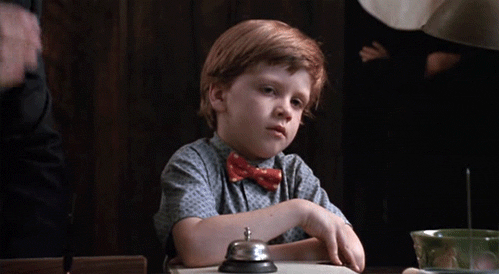
Finally, when it was time to come back to pick up our little man, we packed our suitcases – including clothes that we hoped would fit D – and returned to St. Petersburg. More delays ensued, meaning that we wouldn’t pick up our child on that Friday as we’d originally planned, but on the following Monday instead. In the interim, we walked around St. Petersburg’s tourist sites in limbo, waiting for the weekend to pass. The agony of waiting compounded when we were horrified to hear that the only English-language news channel was featuring a story of a woman in Tennessee who put her Russian-born child on an airplane to Moscow with a note pinned to his backpack that read: “I no longer wish to parent this child.”
All was well, however, and on Monday we went to the orphanage with our son’s clothes in a plastic bag. (We learned orphanages often do this to keep the clothes they have to share around, due to limited resources. We’d also brought additional children’s clothing for the orphanage to keep as a gift.) I handed it to a caretaker, and she disappeared, returning moments later with our little boy in the clothes I’d brought. We were parents, and it was finally time to go.
D screamed almost immediately upon seeing the car. Apparently, his association wasn’t a pleasant one; seeing as the only time these children had ever ventured away from the orphanage in cars was for doctor’s appointments. Fortunately for us, he quickly calmed down, and the rest of the trip back to St. Petersburg turned easy. We got a passport photo taken of him, and the necessary paperwork to allow him to fly to Moscow the following day where we had an appointment with the American embassy to get the documentation to allow us to bring D home. This meant that the moment our plane touched ground in the US, our son would be an American citizen.
On the way to New York, our an eight-hour flight became twelve because our plane had to fly around the ash plume of a volcano erupting in Iceland. Luckily for us, our flight was the last flight out of Moscow for a week so we avoided being grounded in Western Europe. As we boarded the flight, I imagined our little boy (who wasn’t yet accustomed to us) was experiencing a bevy of new things: airports with screening lines, big planes, lots of people, strange foods, new parents…So much for him to take in! A rabbi on the plane stopped in the aisle to talk with us about adoption – as Americans with a small child, we stood out as adoptive parents. Those twelve-hours somehow passed without D sleeping, at all. But we finally made it, and at Customs, passed on the hefty folder that meant D was American, and our international adoption was complete. At the same time, the story was only just beginning: At 22 months, D was our son, and we became a family.
I’ll never forget that, while we were in Moscow, a woman stopped us on the street as we walked to a store and thanked us for giving D a future. There’s a certain amount of loss in any adoption story – not only for the birth mother, but for the child as well. In international adoption, there is also the reality that a child will grow up in a country and culture different from that of his birth. We are parents like any other, with good days and bad – and just like any other parents, we love our child tremendously, and do the best we can.
#Me3project Discussion Starters:
- Have you considered domestic or international adoption before? What factors weighed in your decision?
- What type of support do you think parents and children of international adoption need?
- Strike up a conversation today with someone who looks nothing like you. Ask them about the cultural traditions or norms of their family or their upbringing. How does it differ from your own?
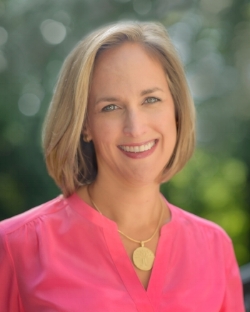 Arina Kirk
Arina Kirk
Arina Kirk combines her knowledge of organizational development with technology to empower organizations and individuals to thrive. After the adoption of their son in 2010, she and her husband started eAdopt, a company which provides case management software for adoption agencies and runs its operations team. Arina holds a Bachelor’s degree in Economics and Business Administration from Vanderbilt University and a Master’s degree in Educational Management and Leadership from American University.

